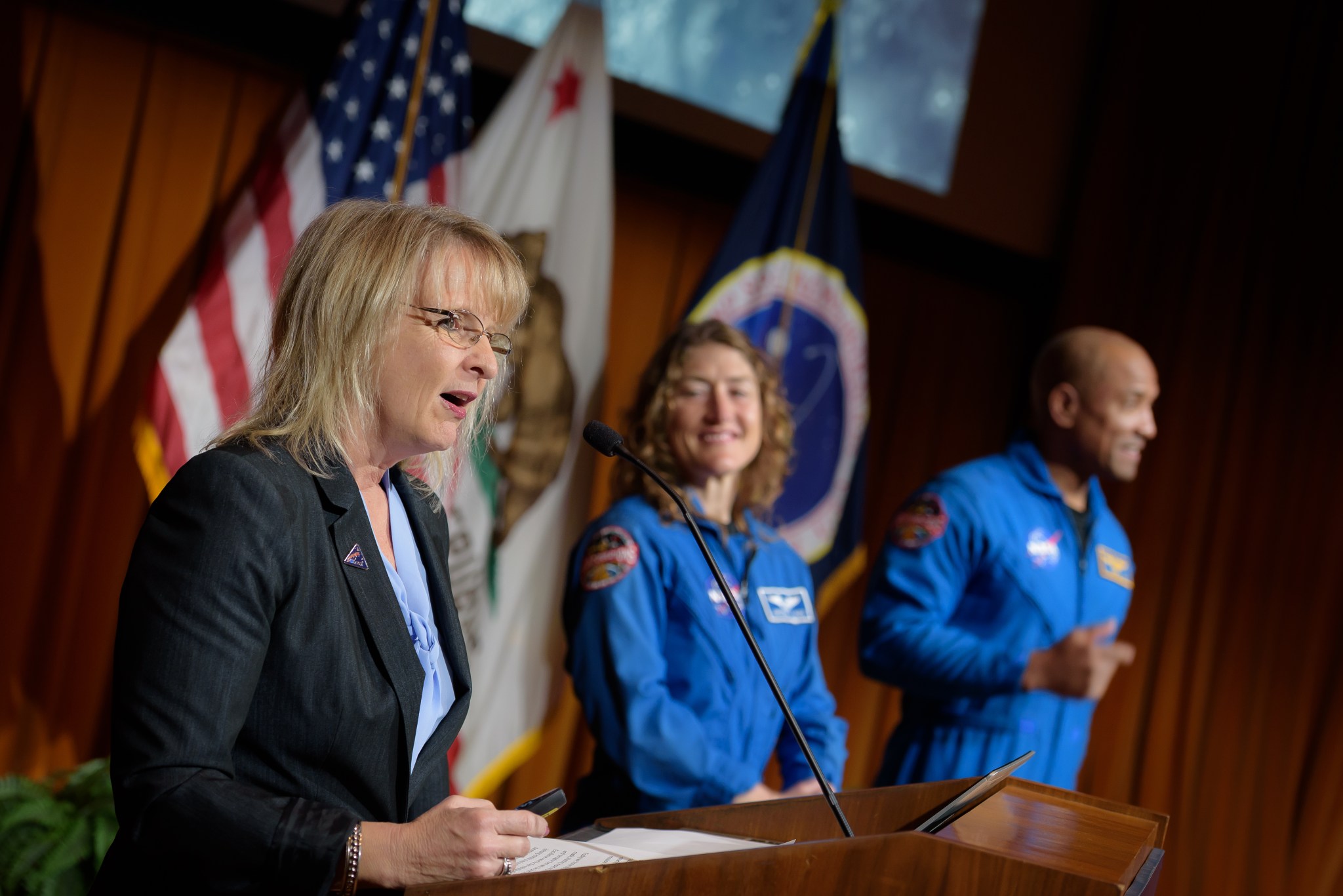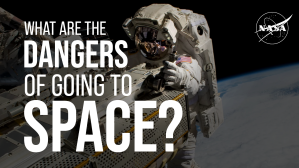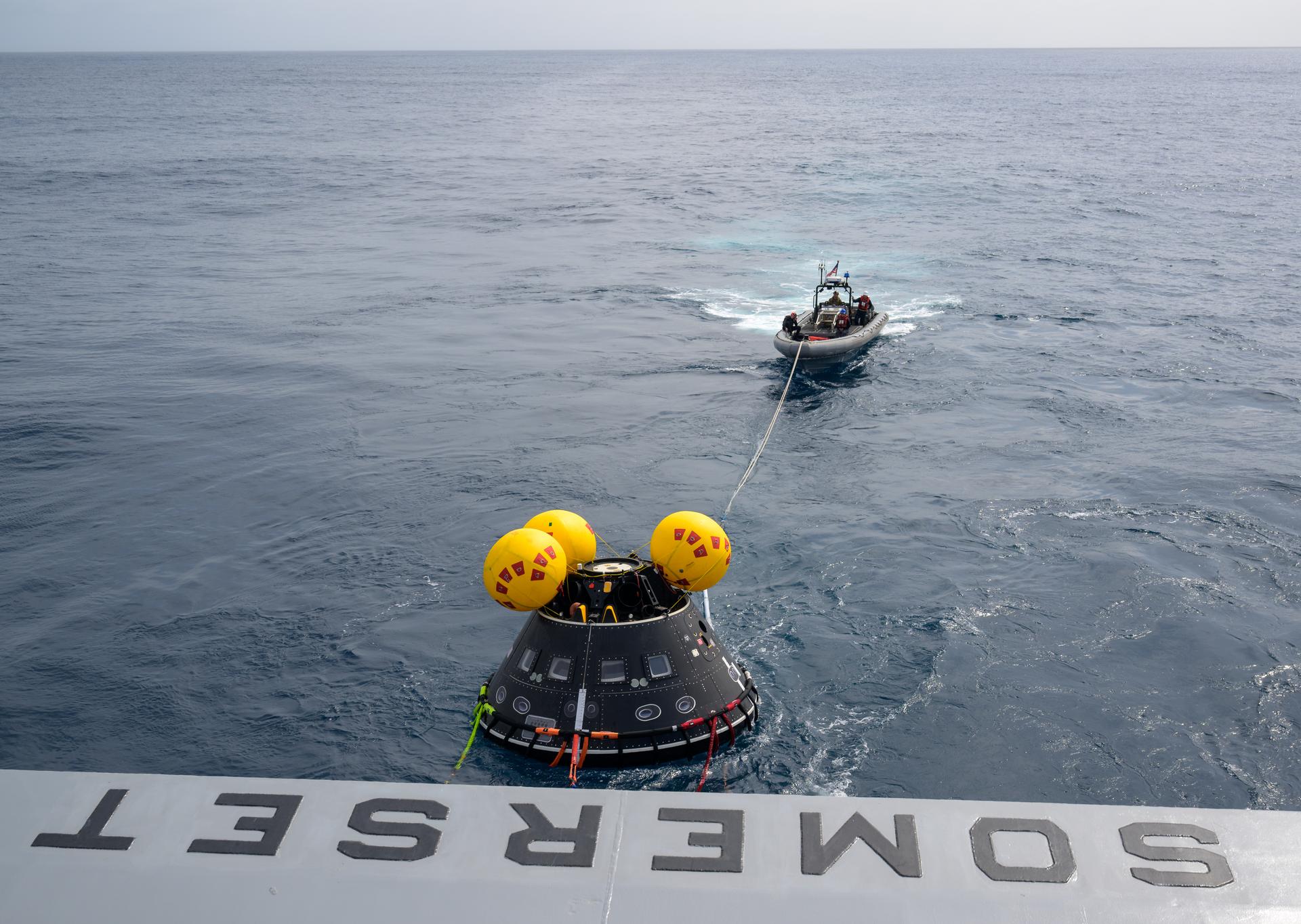2 min read

As NASA prepares to send astronauts to the Moon aboard the Orion spacecraft, research, testing, and development at NASA's Ames Research Center in California's Silicon Valley has played a critical role.
Recently, Ames welcomed Artemis II astronauts Christina Koch and Victor Glover and Orion leaders Debbie Korth, deputy program manager, and Luis Saucedo, deputy crew and service module manager, to tour Ames facilities that support the Orion Program and celebrate the achievements of employees.
The group started their visit at the Arc Jet Complex, where researchers use extremely hot, high-speed gases to simulate the intense heat of atmospheric reentry before visiting the Sensors & Thermal Protection Systems Advanced Research Laboratories. The team works to develop sensors and flight instrumentation that measure heat shield response throughout a mission.
These systems were used to develop and test Orion's thermal protection system to ensure the safety of astronauts during future missions. After the successful return of the Artemis I Orion spacecraft, Ames research was essential when analyzing unexpected charring loss on the heat shield.

The visit culminated in an award ceremony to honor employees with outstanding performance and a legacy of service to the Orion Program. Thirty-two employees were honored for their individual or team contributions.
"The Ames workforce has played an important role in developing, testing, and validating the Orion spacecraft's thermal protection system as well as supporting its software and guidance, navigation, and control," said Eugene Tu, NASA Ames center director. "I'm pleased to see their contributions recognized and celebrated by program leadership and two of the astronauts whose safety and success were in mind when ensuring these systems are safe, reliable, and the highest quality possible."









